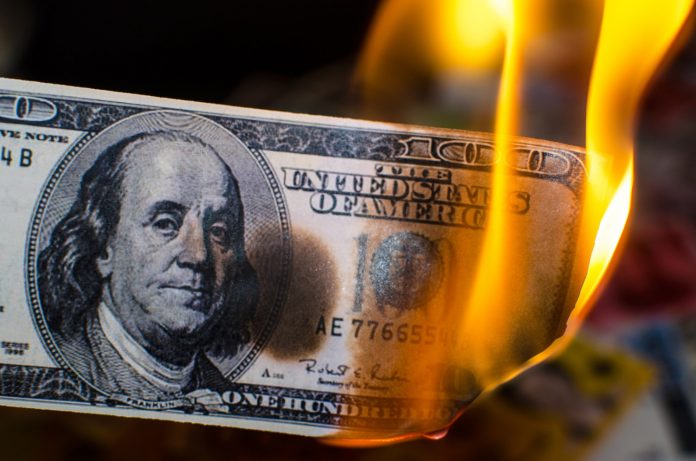Stocks fell slightly this morning as earnings disappointed again. Banks got earnings season off to a good start, but the big “beats” have declined ever since. The Dow, S&P, and Nasdaq Composite all slipped today as a result. Treasury yields advanced, too, as the 10-year Treasury yield rose to 3.56%.
With stocks stalling near the early February highs (and a recent Treasury selloff having already taken place), traders are watching for a major bearish reversal.
Still, earnings apologists have been quick to deem the current earnings season as good enough to avoid an imminent selloff.
“There’s the continued push-pull of the fact that the economy has been a lot more resilient than many people expected and corporate earnings have held up pretty well, all things considered,” said Independent Advisor Alliance CIO Chris Zaccarelli.
“You can kind of see the bull and bear case really right there in a nutshell as far as ‘resilient economy with stronger-than-expected corporate earnings’ versus a very hot, very restrictive monetary policy coming from the Fed.”
Zaccareli echoes what we mentioned earlier this week: if earnings look good, that will only increase rate hike odds.
Instead, earnings have been utterly lukewarm, disappointing bulls and bears alike. 76% of S&P 500 companies beat estimates as of this morning, but with expectations so low heading into this earnings season, investors feel less than enthused.
“So far, earnings season is off to an uneventful start, with many companies meeting already reduced earnings expectations and that helps to explain the lack of movement in the major stock indices over the past few days,” said Carol Schlief, chief investment officer at BMO.
The S&P Global’s US Manufacturing Price Index didn’t help matters either. US Services PMI hit a 12-month high at 53.7 while Manufacturing PMI tagged a 6-month high of 50.4. Both services and manufacturing beat estimates.
“Growth is also reassuringly broad-based, led by services thanks to a post-pandemic shift in spending away from goods, though goods producers are also reporting signs of demand picking up again,” explained Chris Williamson, S&P Global’s chief business economist.
“Jobs growth has accelerated alongside the resurgence of demand, aided by reports of vacancies being more easily filled, reflecting improved supply of candidates and higher wages.”
Williamson concluded:
“However, the upturn in demand has also been accompanied by a rekindling of price pressures. Average prices charged for goods and services rose in April at the sharpest rate since September of last year, the rate of inflation having now accelerated for three successive months. This increase helps explain why core inflation has proven stubbornly elevated at 5.6% and points to a possible upturn – or at least some stickiness – in consumer price inflation.”
Translation: inflation is going to go back up as companies buckle down for a coming credit crunch.
The recent crop of conflicting economic data suggests that the US is going to eventually fall off a cliff at some point in the next few months. The Conference Board, for example, predicted a recession by mid-2023. We’re only 44 days away from June 1st!
Meanwhile, S&P Global is reporting stronger than expected numbers, jobs, and wages. This situation makes the Fed’s already extremely difficult job downright impossible. And, for investors, it’s only going to contribute to market instability, which could get a whole lot worse as contact with the debt ceiling draws nearer.








